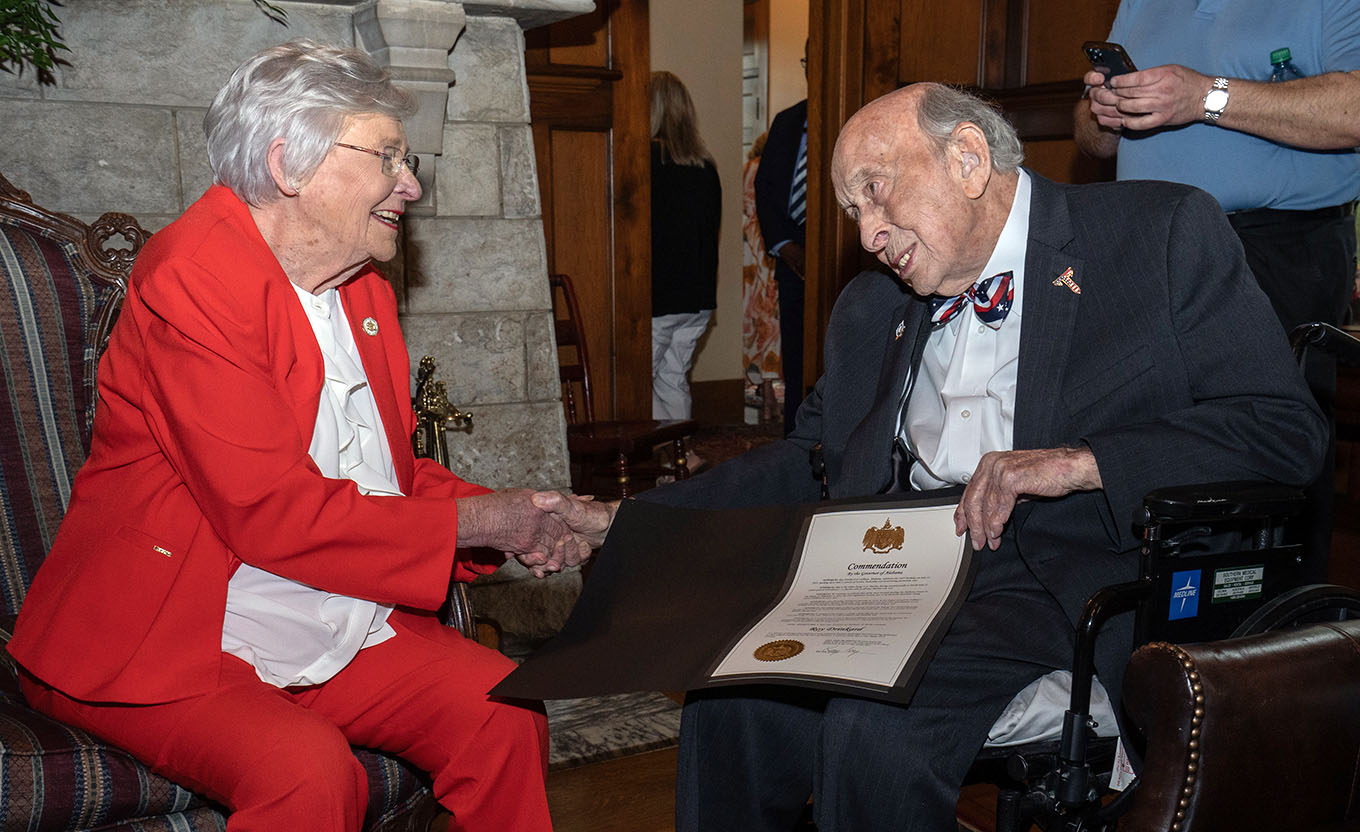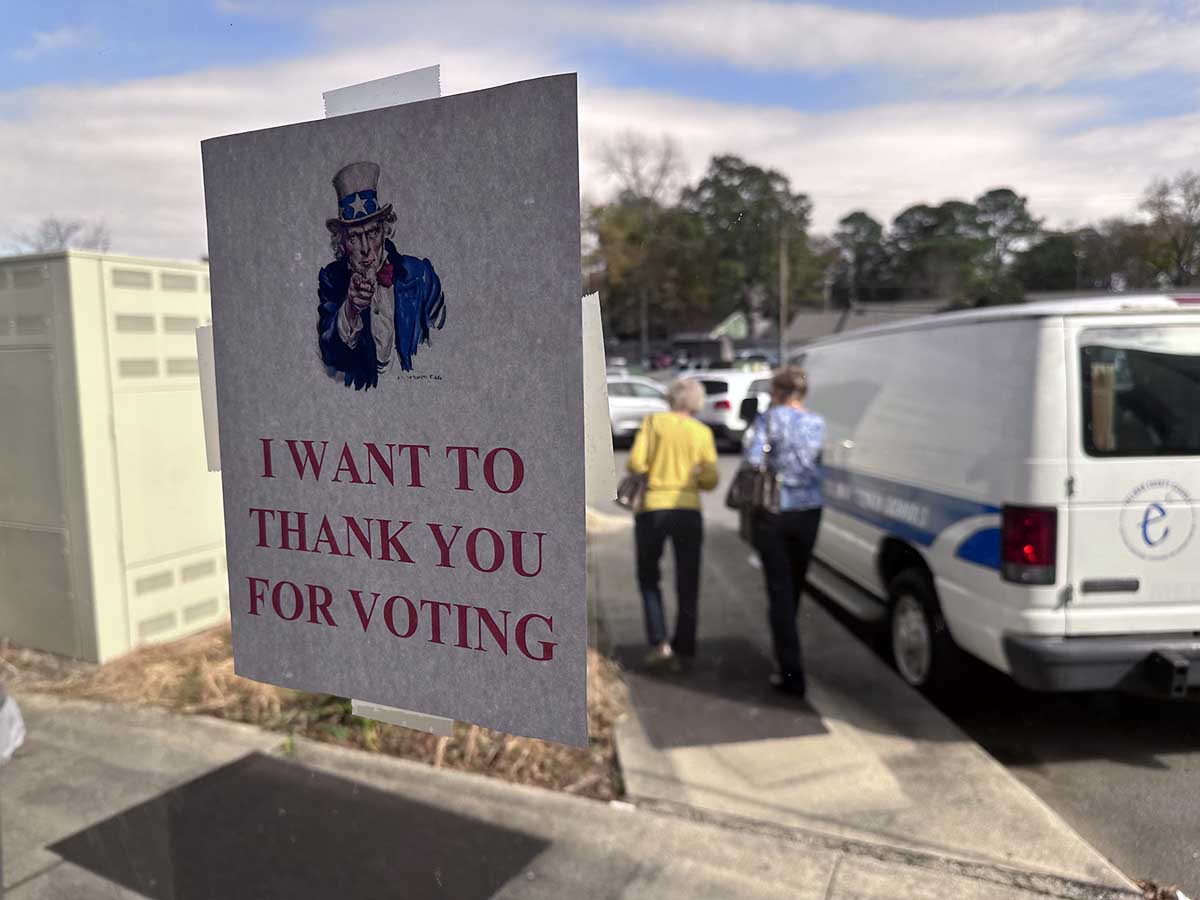Poll: Millennials choosing other options than just straight
Published 2:10 pm Monday, August 24, 2015
Asked to define their sexuality on a scale ranging from “completely heterosexual” to “completely homosexual,” roughly one-third of younger Americans chose something other than completely straight. That’s according to a new YouGov survey on sexual identity released last week.
The survey posed the following question: “Please try to place your sexuality on a scale of 0 to 6, where 0 is completely heterosexual and 6 is completely homosexual.” This is known as the Kinsey Scale, named after the famed researcher of human sexuality. Thirty-one percent of millennials placed themselves somewhere other than 0 on the scale, with another four percent not sure how they’d define themselves.
Trending
By contrast, 86 percent of baby boomers and a similar percentage of seniors called themselves “completely heterosexual.” There was a sharp political divide on the question, as well: One-quarter of Democrats identified as something other than completely straight, compared with only nine percent of Republicans.
But digging further, the survey found that there’s a lot of variations in what it means to be “straight,” too. A separate group of questions asked respondents to group themselves into familiar sexual categories: straight, gay, bisexual, other. The surveyors then asked some follow-up questions of the 89 percent who called themselves “straight” in this classification scheme.
Asked if it was conceivable that they could be attracted to a person of the same sex “if the right person came along at the right time,” 16 percent of “straight” Americans said it was “not impossible,” 7 percent said “maybe,” and 4 percent said they could “definitely” be attracted to somebody of the same sex.
Seventy-four percent of men said they could “absolutely not” be attracted to somebody of the same sex, compared with 59 percent of women. Not even half of millennials — 49 percent — answered “absolutely not” to the same-sex attraction question, compared with 78 percent of seniors. Similarly, Democrats (32 percent) were considerably more likely to be open to same-sex attraction than Republicans (14 percent).
In addition to the attraction question, researchers asked self-identified straights if they could see themselves having a sexual experience with someone of the same sex, or even have a same-sex relationship. Groups gave affirmative responses similar to their responses on the attraction question.
These numbers may partially explain why Americans tend to drastically overestimate the number of gays and lesbians in the population. A May Gallup survey showed that on average Americans thought that roughly one-quarter of the population was gay or lesbian — in reality, only about four percent actively call themselves lesbian, gay, bisexual or transgender.
Trending
YouGov’s new numbers suggest that these categories matter less now than ever. Only a quarter of seniors in the survey agreed that human sexuality is a continuous scale, not a black-and-white binary. But more than half of millennials said the same.





